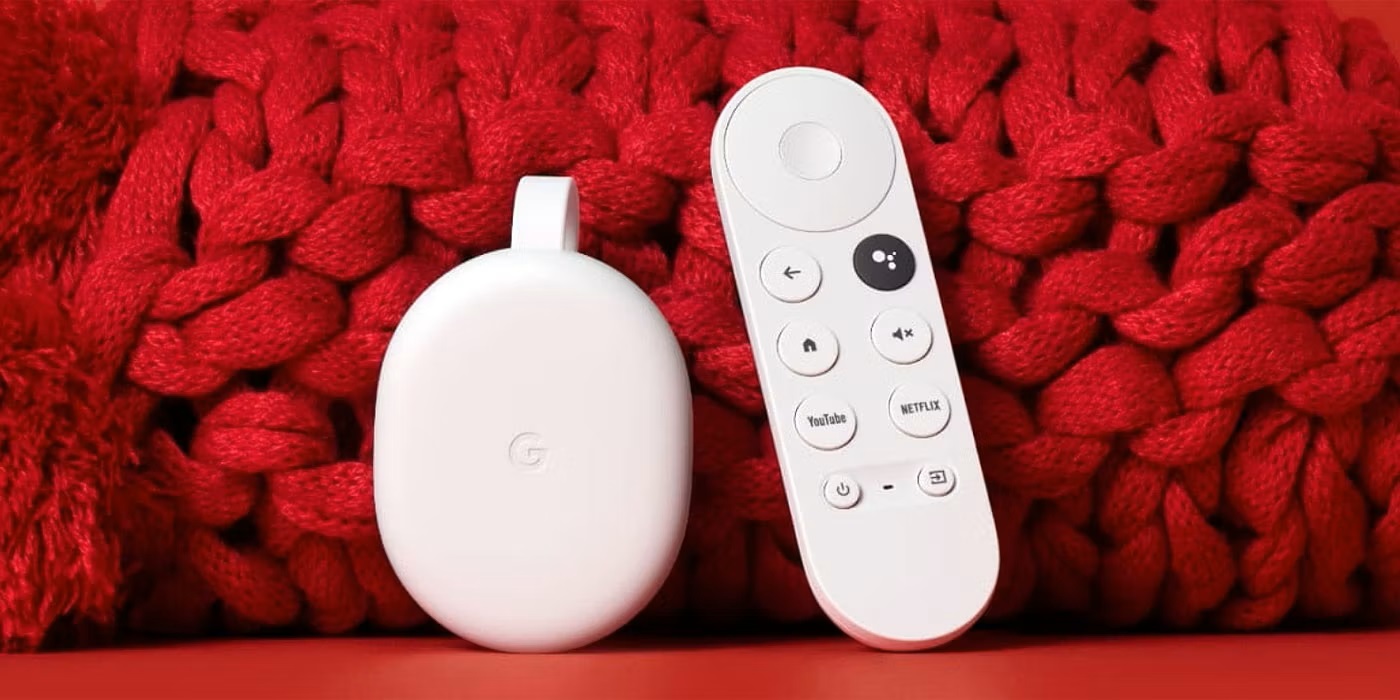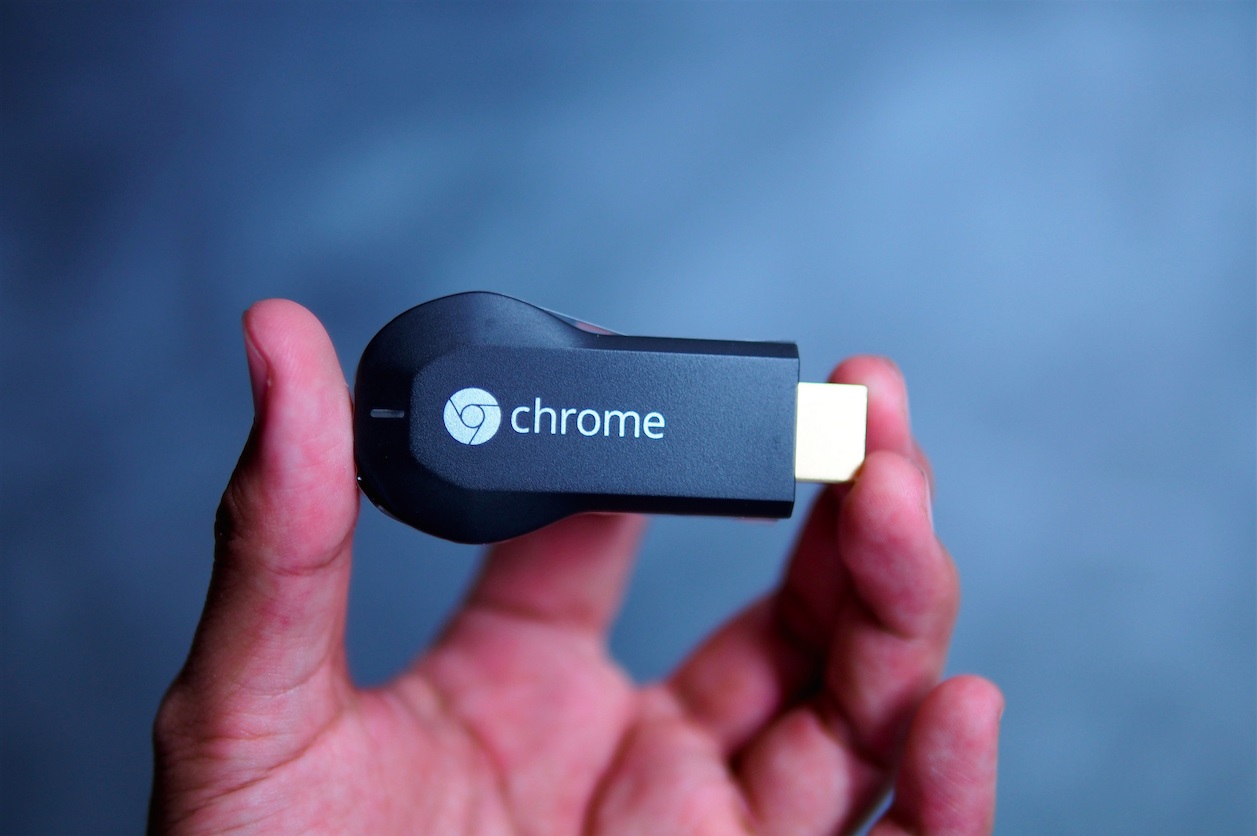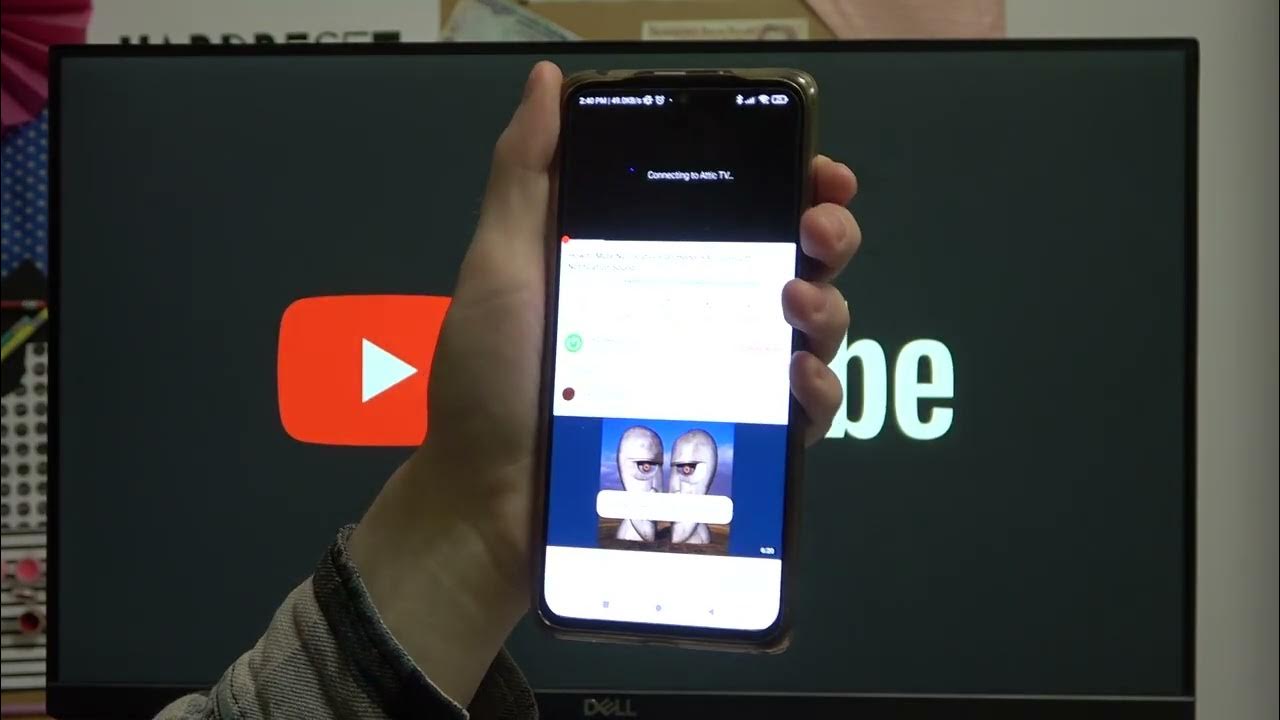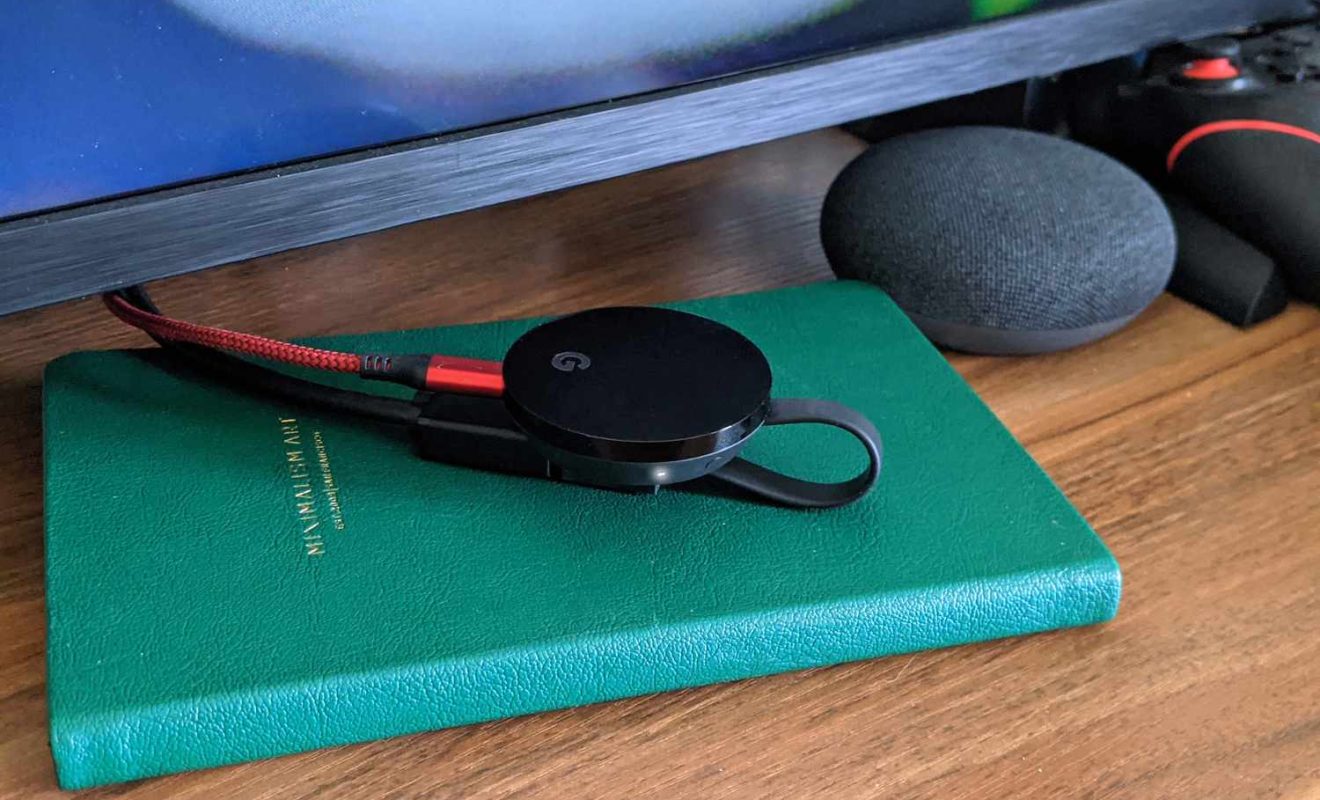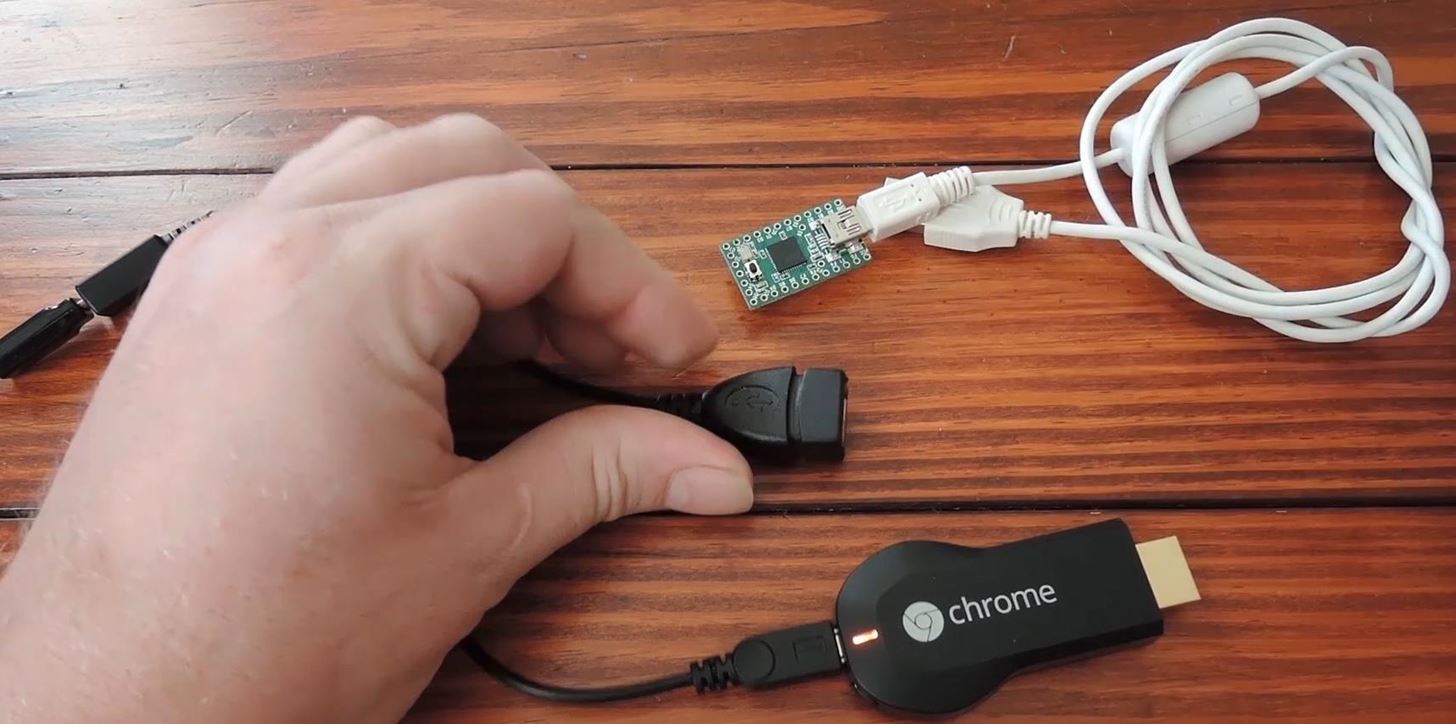

Gadgets
Why Root Chromecast
Modified: September 5, 2024
Discover the benefits of rooting your Chromecast and unlocking its full potential. Learn how to enhance your gadgets with this simple guide. Unlock new features and capabilities today!
(Many of the links in this article redirect to a specific reviewed product. Your purchase of these products through affiliate links helps to generate commission for Techsplurge.com, at no extra cost. Learn more)
Table of Contents
Why Root Chromecast: A Comprehensive Guide
Rooting your Chromecast can unlock a world of possibilities, from customizing its interface to enhancing its functionality. However, it's crucial to understand the implications and steps involved in rooting your device. In this article, we'll delve into the reasons why you might want to root your Chromecast, the risks associated with it, and the detailed steps to achieve root access.
Read more: Why Does My Chromecast Keep Restarting
Why Root Chromecast?
Rooting your Chromecast allows you to gain superuser access, which means you can modify or replace system applications and settings. Here are some compelling reasons to consider rooting your device:
Customization
- Themes and Skins: Change the look and feel of your Chromecast by installing custom themes or skins. Personalize your device to match your home decor or personal style.
- Widgets and Launchers: Install custom widgets and launchers that can enhance the user experience. Add widgets that display information like weather, news, or calendar events directly on the home screen.
Performance Optimization
- Cleaning Cache and Data: Rooting gives you the ability to clean cache and data more effectively, improving the performance of your Chromecast. This is especially useful if you notice that your device is slowing down over time.
- Custom ROMs: Install custom ROMs optimized for performance. These ROMs often include tweaks and optimizations that can make your device run smoother and faster.
App Installation
- Sideloading Apps: Rooting allows you to sideload apps not available on the Google Play Store. This is particularly useful if there are apps that you need but are not officially supported by Google.
- App Management: Manage apps more effectively by uninstalling bloatware, which are apps that come pre-installed but are not necessary. This can help declutter your device and improve its overall performance.
Read more: What Can You Do With A Rooted Chromecast
Security Enhancements
- Firewall and VPN: Install a firewall and VPN (Virtual Private Network) on your Chromecast. This can enhance security by blocking malicious traffic and encrypting your internet connection.
- Malware Removal: Remove malware more effectively with root access. This is crucial because malware can compromise the security of your device and potentially expose your personal data.
Experimental Features
- Beta Testing: Participate in beta testing of new features and software updates. This can give you early access to new functionalities and improvements before they are officially released.
- Experimental ROMs: Install experimental ROMs that include cutting-edge features and technologies. These ROMs are often developed by enthusiasts and can provide a unique experience.
Risks Associated with Rooting
While rooting your Chromecast offers numerous benefits, it also comes with several risks:
Voiding Warranty
- Rooting your device will void its warranty. This means that if you encounter any issues with your Chromecast after rooting, you will not be able to get it repaired or replaced by the manufacturer.
Read more: Why Isn’t My Chromecast Working
Security Risks
- Rooting can expose your device to security risks if you install malicious software or apps. This can compromise the security of your device and potentially expose your personal data.
Stability Issues
- Rooting can sometimes cause stability issues with your device. This is because modifying system files and settings can disrupt the normal functioning of the device.
Bricking the Device
- There is a risk of bricking the device if something goes wrong during the rooting process. This means that your Chromecast will become unusable and may need to be restored to its factory settings.
Incompatibility with Future Updates
- Rooted devices may not be compatible with future software updates. This means that you may miss out on important security patches and new features that are released by the manufacturer.
Read more: Why Use A VPN
Steps to Root Your Chromecast
Rooting your Chromecast involves several steps, which we will outline below:
Step 1: Prepare Your Device
Before starting the rooting process, ensure your Chromecast is fully charged and connected to a stable power source. Back up any important data on your device to avoid losing it during the process.
Step 2: Enable Developer Options
To root your Chromecast, you need to enable developer options. Here’s how you can do it:
- Open Settings: Go to the settings menu on your Chromecast.
- Developer Options: Scroll down and find the “Developer options” toggle.
- Enable Developer Options: Toggle the switch to enable developer options.
Step 3: Enable USB Debugging
Once you have enabled developer options, you need to enable USB debugging. Here’s how you can do it:
- Open Developer Options: Go back to the developer options menu.
- USB Debugging: Scroll down and find the “USB debugging” toggle.
- Enable USB Debugging: Toggle the switch to enable USB debugging.
Read more: Why Does VPN Not Work On Mobile Data
Step 4: Connect Your Chromecast to Your Computer
To root your Chromecast, you need to connect it to your computer using a USB cable. Here’s how you can do it:
- Connect Chromecast to Computer: Plug in the USB cable into both your Chromecast and computer.
- Install ADB Drivers: Make sure that you have installed ADB drivers on your computer. You can download these drivers from the official Android website.
Step 5: Download Rooting Tool
Once you have connected your Chromecast to your computer, you need to download a rooting tool. There are several rooting tools available online, but some popular ones include Magisk and SuperSU.
- Download Rooting Tool: Download the rooting tool from a reliable source.
- Extract Rooting Tool: Extract the rooting tool on your computer.
Step 6: Run Rooting Tool
Once you have extracted the rooting tool, you need to run it on your computer. Here’s how you can do it:
- Open Command Prompt: Open command prompt on your computer.
- Navigate to Rooting Tool Folder: Navigate to the folder where you extracted the rooting tool.
- Run Rooting Tool: Run the rooting tool by typing in the command prompt.
The rooting tool will guide you through the process of rooting your Chromecast. Follow the instructions carefully to avoid any errors.
Step 7: Install Magisk or SuperSU
Once you have rooted your Chromecast, you need to install Magisk or SuperSU. Here’s how you can do it:
- Download Magisk or SuperSU: Download Magisk or SuperSU from a reliable source.
- Install Magisk or SuperSU: Install Magisk or SuperSU on your Chromecast.
Read more: Why Is VPN Not Working On My Phone
Additional Tips
- Backup Data: Always back up important data on your device before attempting to root it.
- Use Reliable Tools: Use reliable rooting tools to avoid any errors or security risks.
- Follow Instructions Carefully: Follow the instructions provided by the rooting tool carefully to avoid any mistakes.
- Be Prepared for Risks: Be prepared for potential risks associated with rooting, such as bricking the device or security issues.
By following these tips and guidelines, you can successfully root your Chromecast and enjoy a more customized and enhanced user experience.






